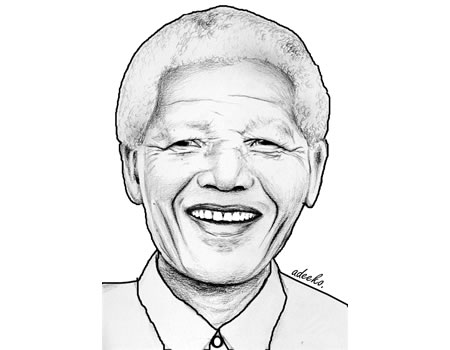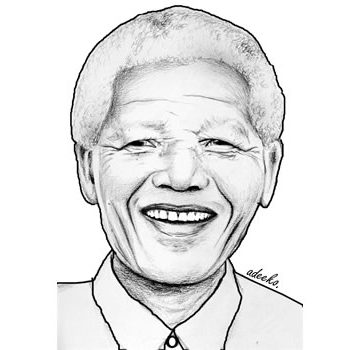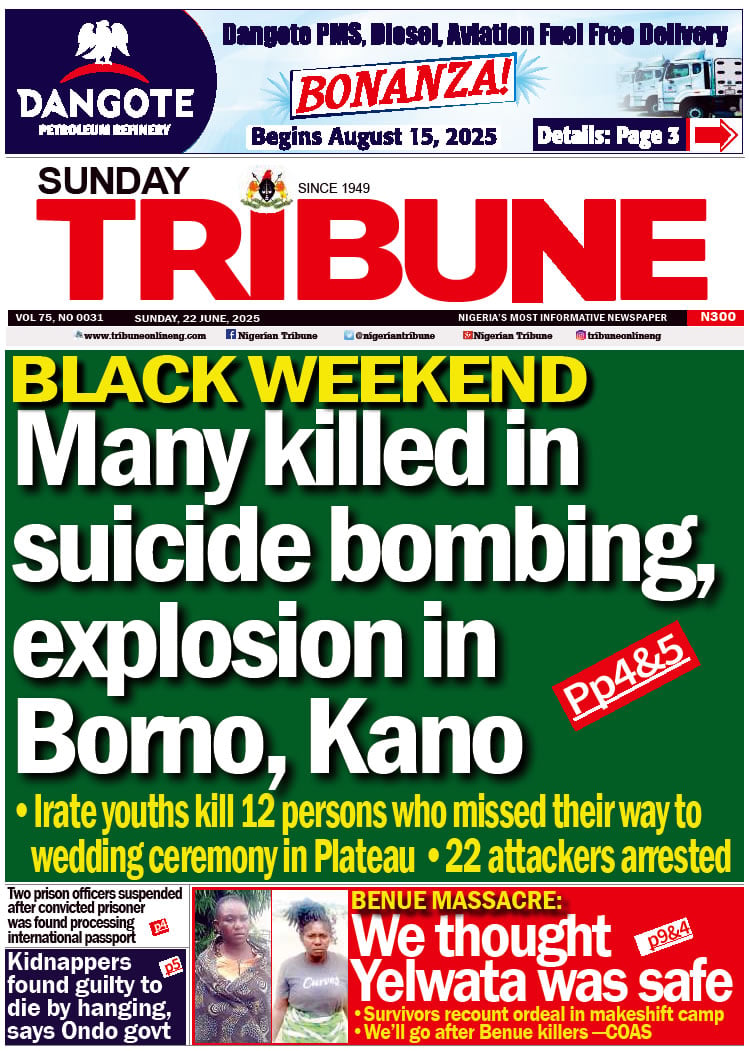Mandela’s journey into the life of an activist, a ‘terrorist’, an agitator, a voice and an epitome of strength and long struggle was birthed in 1940. We are celebrating Nelson Mandela today for his leadership and every positive value he stood and lived for. I particularly want to challenge Nigerian adolescents and youths to use their strength for general good, purposeful living and to learn to question status quo, mediocrity, corruption, and irresponsible governance in whatever colouration or disguise. How did Mandela achieve such monumental ascendency to power, great influence and integrity? He went to school, became a lawyer under a strict anti-black regime. Armed with education, Mandela had a vision of what life should look like for bona-fide citizen of a country. He had a vision of a free South-Africa where people, irrespective of colour, will be equal and treated with respect and dignity. Therefore, as a young lawyer, he was mostly interested in civil cases, social justice and equity.
He knew he could not act alone to confront the powers that be. While the youths in Nigeria sit back and allows the destiny of the country to be run by visionless old men; or getting involved in cyber crime (yahoo-yahoo), becoming Badoo cult, one million boys, getting involved in kidnapping and other money-driven vices, the young Mandela co-founded the youth wing of the ANC. They set a goal for themselves, and that was to overthrow the Nationalist party (NP). Owing to Mandela’s prowess, doggedness, militancy and commitment to the defiance campaign, in 1952 and 1955, he rose to prominence. He was arrested severally for seditious acts but acquitted for lack of credible evidence.
Young Mandela joined the banned South African Community Party (SACP) which was committed to non-violent protest. When this strategy seized to work, he co-founded the militant Umkhonto We Sizwe in 1961 and led a sabotage campaign against the government. Finally in 1962, he was arrested for conspiring to overthrow the state and sentenced to life-imprisonment in the Rivonia Trial. Mandela was jailed but he refused to be silenced. Twenty-seven years were sliced off his life and he was kept behind bars on Robbin Island and later in Pollsmoor Prison and Victor Vester Prison.While many young people want leadership to fall on them on a platter of gold, on the contrary, leadership is earned. As years went by, white supremacist governments realised it was no longer fashionable to continue with the apartheid system, as the fear of racial civil war loomed.
After series of negotiations and worldwide interventions (Nigeria played a significant role), in 1990, Mandela was released from Prison. President F. W. de Klerk released him. Mandela and de Klerk negotiated an end to apartheid and organised the 1994 multi-racial general election in which Mandela led the ANC to victory and became President while his former capture became Vice-President. The conditional negotiations did not go well with Black South Africans (owners of the land). They wanted revenge; they wanted the white bourgeonice to be dislodged, they wanted transfer of farm lands, and ownership of the Apex Bank. They wanted both political and economic control. This was the point they began to hate Mandela. They believed that he sold out; they called him a traitor. But I think Mandela was the one who experienced 27 years in jail. He went in as a militant, a fighter but came out as a peace ambassador. What 100 years of violence and bloodshed could not achieve was achieved in less than three years.
•Dr Oti is a lecturer at Lead City University, Ibadan.
Nelson Mandela: A man we love and hate







